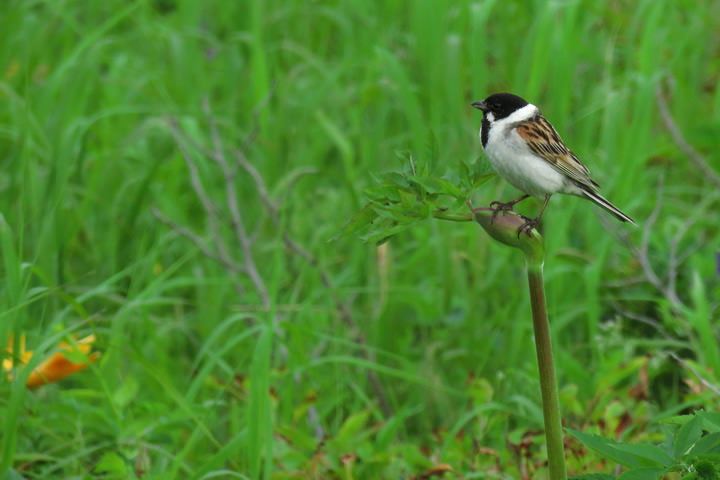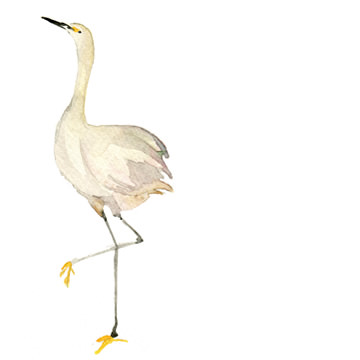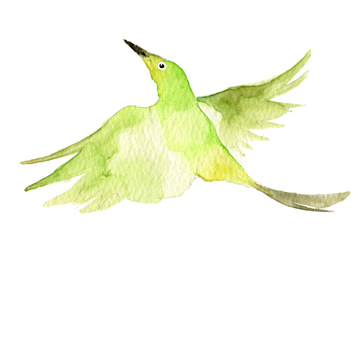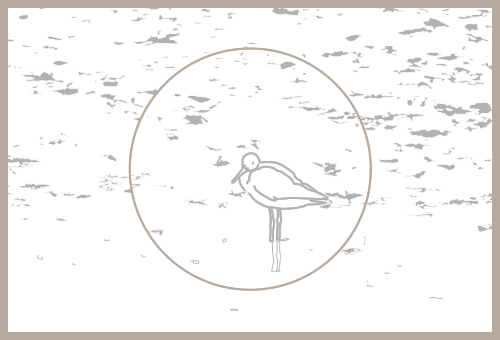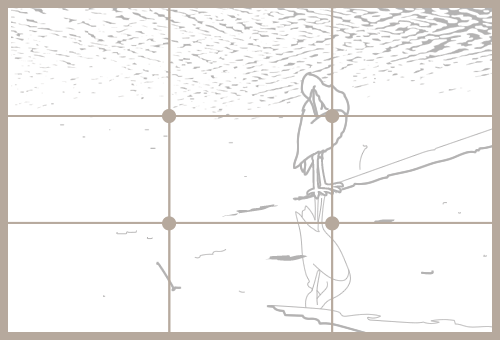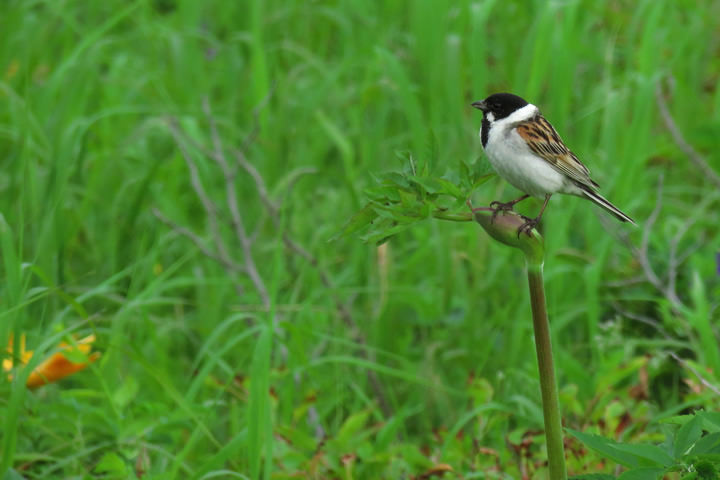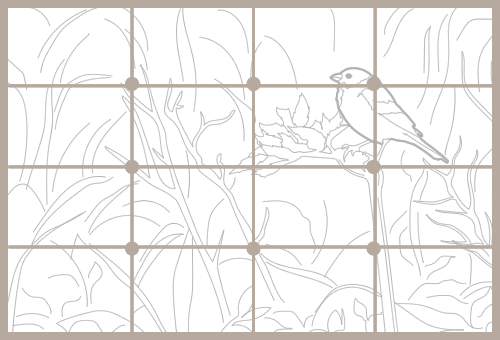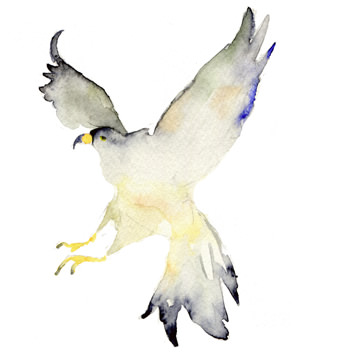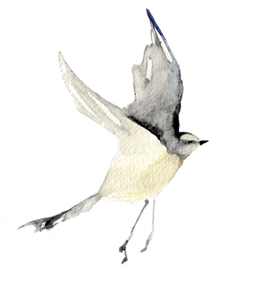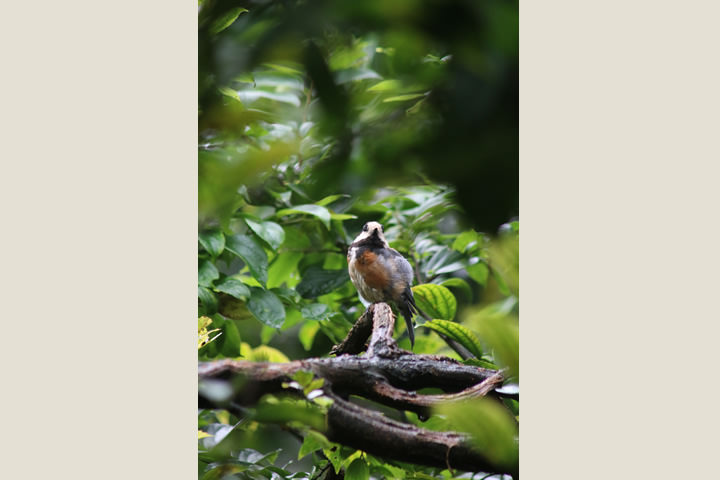In this photo, I used a basic centered composition while holding the camera vertically. Although the subject is the same, the atmosphere of the photo is quite different. Next time, I'll try a greater variety of composition approaches.
how to
photograph
wild birds
Altering the composition for better photos
Why do all my photos have the same feel to them? Composition is the arrangement of the subject, the background, and other elements in a photo. Photos change dramatically depending on the composition, even when shooting the same subject in the same location.
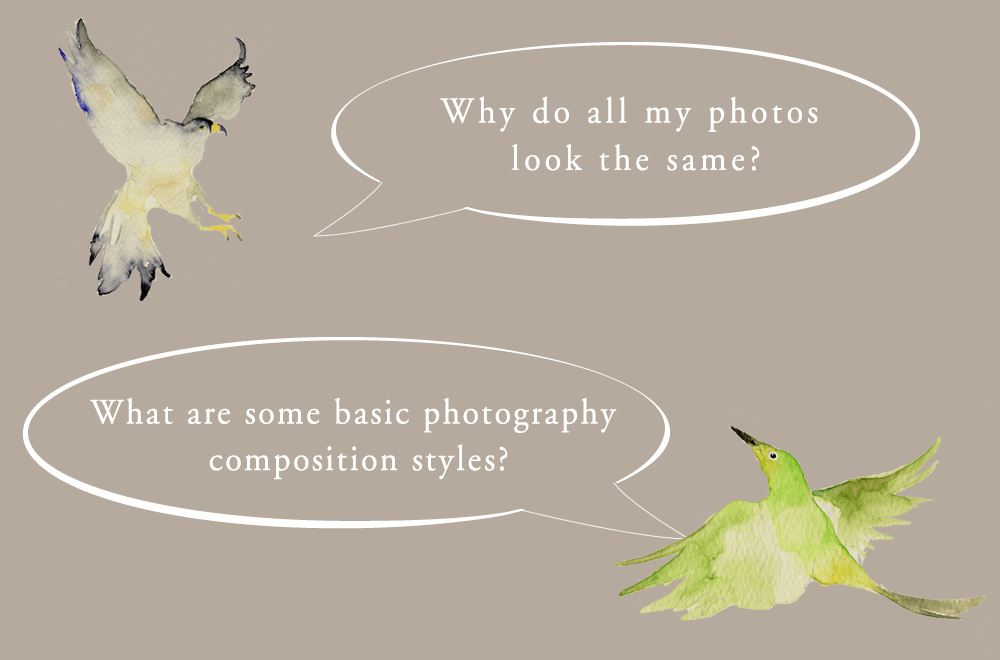
For an amateur photographer, it is common to place the subject in the center of a photo. But since a perfectly centered subject is not visually interesting, adding a bit of a daylily flower to the left edge of the photo creates a composition that incorporates the Rule of fourths. A calm atmosphere is created by including space in the direction of the bird's gaze.
- Aperture value: f/8
- Shutter speed: 1/400 second
- ISO speed: ISO400
- Exposure compensation: -0.7
- Focal length: 207mm
- Digital Compact Camera
